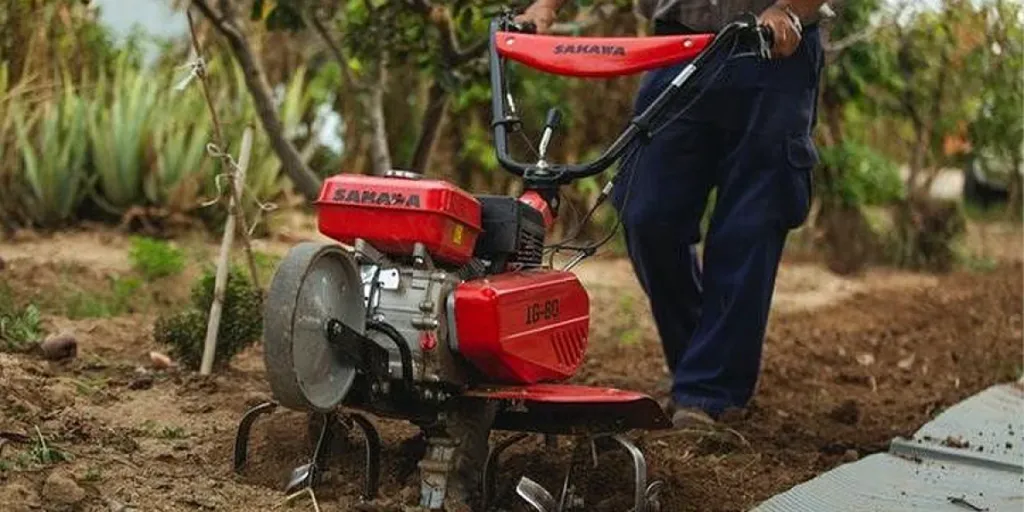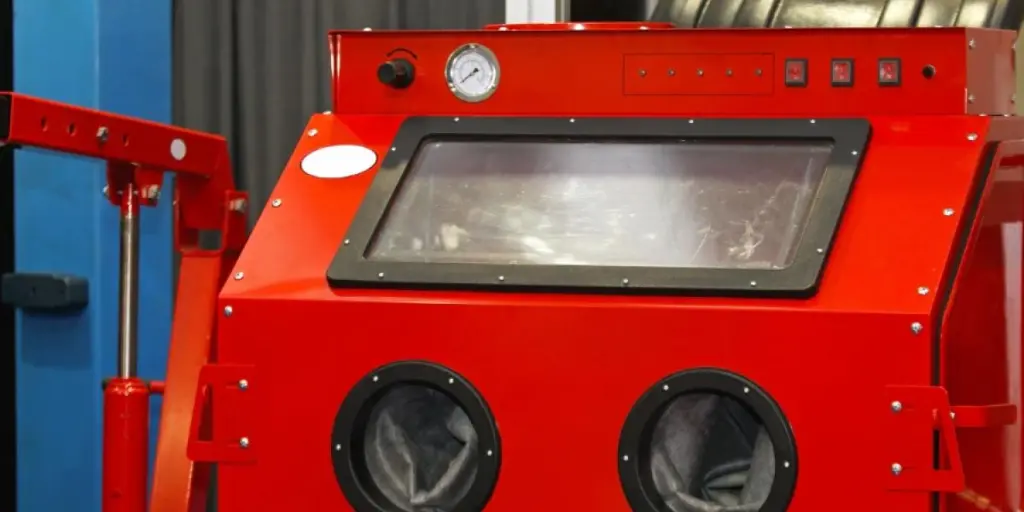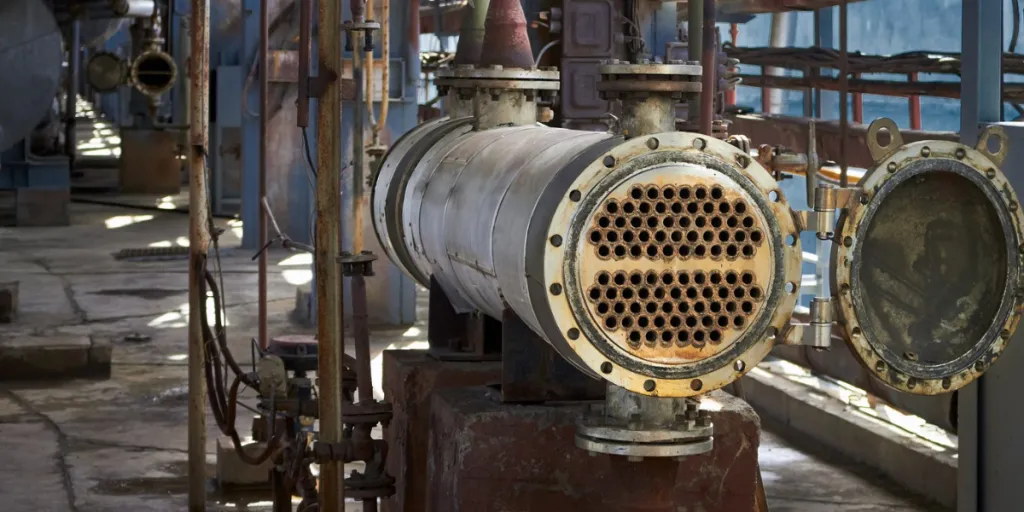Wholesalers and businesses need to make the right decision for their customers. But with so many cultivators out there, how can they know which ones are the best? This blog uncovers the top 5 types of cultivators and shares tips on how to select the right one.
Table of Contents
Cultivators vs tillers: what’s the difference?
How big is the market of cultivators?
4 tips to help you select the right cultivator
Top 5 types of cultivators and their advantages
Cultivators are essential tools for farmers and gardeners
Cultivators vs tillers: what’s the difference?
A cultivator is a tool used in farming and gardening to help prepare the soil for sowing the seeds of plants. A cultivator has many different usages but is mostly used for breaking up the top layer of soil, removing weeds, and preparing the soil for planting.
The terms cultivator and tiller are often used interchangeably, but there are some differences between them. Cultivators have small blades that loosen the soil, while farm or garden tillers have larger blades that dig deeper into the soil to break up clumps and grassroots. This means that cultivators work better for small areas while tillers are suited for larger lands and fields.
How big is the market of cultivators?
The growing need for improved agricultural practices, especially in developing countries, is driving the demand for farm mechanization. Thus, the adoption of cultivators is increasing. Furthermore, there is a rising emphasis on precision farming practices across the world. According to Technavio’s latest market research report, the global market of cultivators is expected to grow by USD 319.03 million during 2020-2024 at a CAGR of over 4%, offering enormous opportunities to manufacturers and wholesalers of agricultural machinery.
The Asia-Pacific region has the largest share of the market and is expected to remain so, owing to the increase in the use of cultivators in small farms. The growing population, food demand, and necessity to increase yields are the primary drivers of the market of cultivators, which is why the demand for these products is increasing in developing countries like China, India, Brazil, and Russia.
4 tips to help you select the right cultivator
There are many different types of cultivators including gas-powered, electric, and handheld. Here are four tips to help businesses select the right cultivator depending on the customer’s needs.
The surface of the area that needs to be cultivated
The size of the area that requires cultivation will dictate the type of cultivator to choose. To cultivate a large area such as a plain field, then it is advisable to use a tractor-mounted cultivator like chisel plows or chain harrows as these will save time and effort. If the area is small then a manual handheld cultivator may be sufficient for the job.
The depth of tillage needed
Cultivating involves breaking up the soil with a plow or tiller so that it is easier to turn over and plant seeds or bulbs into it. Handheld cultivators typically work on shallow soils whereas trailed cultivators such as disc harrows have a wider variety of options depending on how deep they can dig into the soil.
Type of soil
The type of soil may affect what kind of cultivator is best suited for the task. If there are lots of rocks or boulders, a light cultivator would be better than a heavy one as it can move around easier and won’t get stuck as much. For soft soils, which are easy to break down, a heavy-duty cultivator will be ideal as it can dig deeper into the ground to achieve the desired tillage depth.
Power source
Cultivators are powered by a variety of sources including gas and electricity. For small farming areas, an electric cultivator will probably be sufficient. On the other hand, larger areas may require a gas-powered model. Gas-powered models can range from lightweight cultivators with a one-piece handlebar to heavy-duty disc harrows.
Top 5 types of cultivators and their advantages
Manual cultivators
Gardeners who have smaller gardens or those who have a relatively small number of plants may find that the use of manual cultivators is perfectly acceptable. These types of cultivators are most often used to cultivate the top two inches of soil. They work very well in loose and compacted soil and can be used to weed out any unwanted weed growth on the surface.
Multi farm hand cultivator
The multi farm hand cultivator is a manual cultivator that is suitable for pastoral plots or for preparing the soil in small areas. It is equipped with rubber tires for easy maneuvering and reduces soil compaction. With a variety of adjustments and a depth control scale, this is the perfect cultivator for farmers who prefer hand equipment.

Mini manual cultivator
The mini manual cultivator is widely used in orchards, fields, and mountains. This hand cultivator can be used for weeding, trenching loose soil, or chilling the farmland. It’s easy to use and built with two wheels that can be converted into one when working in small areas like roads. This manual cultivator also comes with a quick-release mechanism to allow the farmer to easily replace parts depending on the desired farming task.

Engine-powered cultivators
Engine-powered cultivators are great tools for preparing a large garden bed or breaking up hard soil. They are also useful for weeding between rows of crops and aerating the soil around established plants. There are two main types of engine-powered cultivators: gas-powered and electric. Gas-powered cultivators offer more power but require more maintenance than electric models. Electric models are lightweight and easy to use, but they can’t handle tough soil or weeds very well.
Electric cultivators
Mini rotary cordless cultivator
The mini rotary cordless cultivator is a gardening and farming rotavator that is suitable for cultivating soil, loosening weed roots, or aerating the soil. This cordless electric cultivator allows for easy operation with no worries of spark or gas exhaust. Boasting a working depth of 180 mm and an idle speed of 150 rpm, this electric cultivator will ensure an effective plowing time.

Garden corded electric cultivator
The garden corded electric cultivator is run by an AC motor and is suitable for garden or farm use. It’s equipped with an “H type” handle and is practical thanks to an adjustable electric cord, which gives the user more working time compared to cordless electric cultivators. It features 6×4 blades with a length of 205 mm each that can dig generous holes in the ground.

Gas cultivators
Mini rotary cultivator
The mini rotary cultivator is a gas-powered cultivator, ideal for terraces, mountains, soil tilling, and plain fields. Thanks to the adjustable suspension, the user can control how deeply the blades penetrate the soil for an even more precise finish. This gas-powered cultivator comes with multiple optional attachments such as snow blades, cutter bars, heavy-duty lawn mowers, and more.

Farm gasoline cultivator
The farm gasoline cultivator is one of the leading field cultivators thanks to its portability and stainless steel frame. It’s equipped with weeding wheels, rotary blades, and solid tires for long service life. This gasoline cultivator has wear-resistant wheels to work on all types of soil, and it comes with optional accessories such as paddy wheels, tillage plows, and flip plows.

Chain harrows
Chain harrows are a simple, effective way to loosen the soil. They are made from chains of metal spikes. When pulled across the field, these spikes dig into the soil and churn it up. This helps to break apart dense, compacted soil and rid it of large clumps. Chain harrows also aerate the soil, increasing its water retention.
Drag chain harrow
The drag chain harrow is a perfect option for farmers who want to clean weeds, tree roots, and gravels on drylands or paddy fields. Additionally, it helps alleviate mud and soil compaction in wet areas. This drag chain harrow consists of a long chain with solid metal teeth and features a roll-up design with double toe rollers that make it easy for tractor operation.

Grass frame harrow
The grass frame harrow is an excellent chain harrow that has a 3-point linkage, making it easy to use with any type of tractor. This cultivator will scarify the soil around the grass and will help farmers to aerate the soil and remove weeds and moss. As a result, this chain harrow will improve growth and reduce the need for chemical fertilizers.

Disc harrows
The disc harrow is a type of cultivator that consists of several steel discs that are molded together. Disc harrows can be pulled behind a tractor or other heavy power source. Disc harrows can be adjusted to allow the discs to cut deeper into the soil, breaking up hard-packed soil or tilling dense, clay-rich soil.
Heavy-duty disc harrow
The heavy-duty disc harrow is a heavy drag trailed disc harrow used for superficial plowing, shattering of clods, preparation of soil for sowing, and the burial of organic substances. This harrow can be coupled to a tractor easily by using a three-point linkage and has a strong harrow shaft and spool.

Trailed offset disc harrow
The trailed offset disc harrow is designed for effective agricultural application and fieldwork, such as processing crop residue, breaking hardened soil surface, and planting the land. With a high harrowing capacity and the ability to penetrate heavy clay soil, wasteland, and weedy fields, this disc harrow will provide powerful performance in a wide range of garden and farm applications.

Chisel plows
Chisel plows are a type of field cultivator that first digs up the soil, then breaks it into smaller pieces with shanks. Chisel plows are most often used in conjunction with other tools, such as harrows or disks. The main advantage of chisel plows is their ability to dig deep into the soil without turning it over completely. This helps prevent erosion, which can be a problem in areas with little rainfall.
Tractor chisel plow
The tractor chisel plow features a 3-point linkage and can be installed on the left beam of tractors between the front and rear wheels. It can be used either for land deep loosening and breaking up clods, or in combination with a seeding machine. It has 4 tines and a small turning radius so it can be used on both large- and medium-sized farms.

Board chisel plow
The board chisel plow is a perfect cultivator for dry sandy soils. It is also suitable for medium, hard, and black cotton soils. With a simple structure of tines and a 3-point linkage, this chisel plow comes with a complete hanging mechanism that is easy to attach to tractors of varying sizes.

Cultivators are essential tools for farmers and gardeners
Agricultural cultivators, whether for large-scale farming or small gardens, allow farmers and gardeners alike to create the best environment for nurturing plants through plowing and aerating the soil. The popular types of cultivators include chain harrows, disk harrows, chisel plows, and electric and manual cultivators. By learning about the various types of cultivators in such selection guides, business buyers will have the information they need to make the right purchasing decision when buying cultivators on Alibaba.com!




